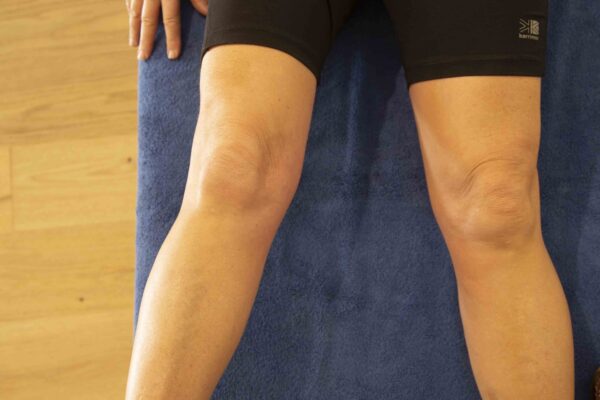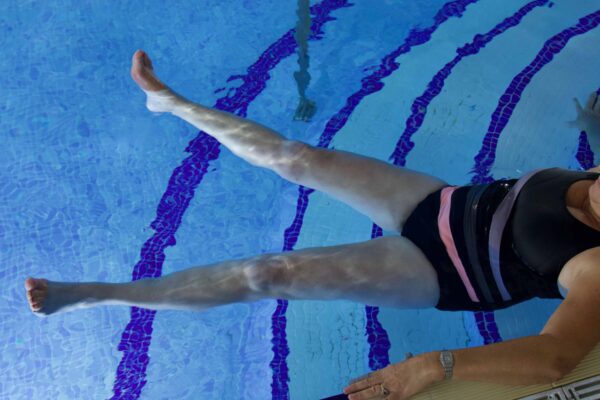Hip fractures are most common at the top of the thigh bone close to the hip joint. The risk of fracture increases with age as the bone becomes weaker due to osteoporosis. There is also more chance of a fall due to poor vision and balance problems.
Hip fractures are also more common in women, who are more likely to have osteoporosis.
How do I know if I have broken my Hip?
Symptoms of a hip fracture after a fall:
- pain
- not being able to lift, move or rotate (turn) your leg
- not being able to stand or put weight on your leg
- bruising and swelling around your hip
- your injured leg appearing shorter than your other leg
- your injured leg turning outwards
If you think you have fractured your hip call 999 as you will need to go to hospital as soon as possible. Try and keep still while you wait for the ambulance.
Treatment for a Hip fracture
Surgery is usually the only treatment option for a hip fracture.
The National Institute for Health and Care Excellence (NICE) recommends that someone with a hip fracture should ideally have surgery within 48 hours of admission to hospital.
Sometimes surgery may be delayed if the person is unwell with another health condition and treating that condition first will significantly improve the outcome of their hip surgery.
In about half of all cases, a partial or total hip replacement is needed. In the other 50% of cases the surgery fixes the fracture with plates and screws or rods.
The type of surgery will depend on several factors such as how and where the fracture is, your age and the condition of the hip joint.
After surgery
The day after surgery, you should have physiotherapist assessment who will work out the goals for your rehabilitation programme. The ultimate aim is to help regain full mobility and independence so you can return home as soon as possible. The length of stay in hospital will be 1-2 weeks.
Evidence suggests that prompt surgery and a tailored rehabilitation programme that starts as soon as possible after surgery can significantly improve a person’s life, reduce the length of their hospital stay and help them recover their mobility faster.
Before you are discharged, an occupational therapist (OT) may assess your home to see whether you need any mobility aids fitted, such as handrails. You may also be given a walking aid such as a walking stick, crutch or frame.


Rehabilitation programme
After a hip fracture it is essential that you are given a rehabilitation programme that includes exercises to help improve your strength and mobility.
Your individualised programme will depend on your current level of fitness and mobility and may involve some of the following:
- weight-bearing exercises –such as walking and other exercises
- non-weight-bearing exercises –such as swimming and hydrotherapy
- strengthening exercises
- balance exercises
It is extremely important that you follow your rehabilitation programme after a hip fracture to ensure you regain as much fitness and mobility as possible.
Exercises here
Hip- Early/Easy Hydrotherapy exercises
other exercises
Complications
Complications can happen from any surgery such as infection, blood clots/ Deep vein thrombosis which can form in the deep veins of the leg as a result of reduced movement. You can reduce the risk of DVT by wearing special stockings, doing plenty of exercises and taking medicine.
Preventing hip fractures
It may be possible to prevent further hip fractures by taking steps to prevent falls and by treating the osteoporosis. To reduce the risk it is best to have an assessment with a physiotherapist. They can assess your walking and balance and check your home for any potential hazards. The physiotherapist can give you a set of exercises that will help you improve your balance and improve your mobility and strength.

